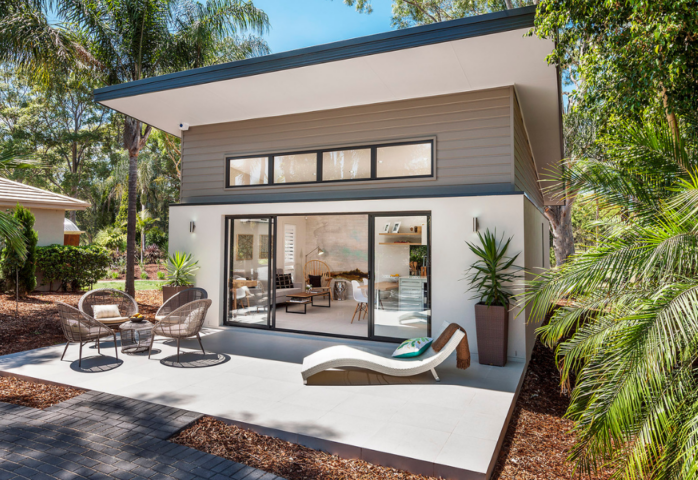
In the golden state of Cali, an ADU or accessory dwelling unit is one of the most popular real-estate ideas – mostly due to the state’s dreadful housing crisis.
An ADU can provide a homeowner with a number of benefits, including added income, extra living space, and more flexibility in terms of who can live in the home. However, not everyone knows everything there is to know about building an ADU in California – especially on the legal side of things.
On that note, this article will outline the requirements and restrictions for building a granny home (we wish we could say this is an affectionate nickname) in California, as well as some of the most common problems people face when trying to do so.
Let’s begin!
ADU And The Benefits Of Having One
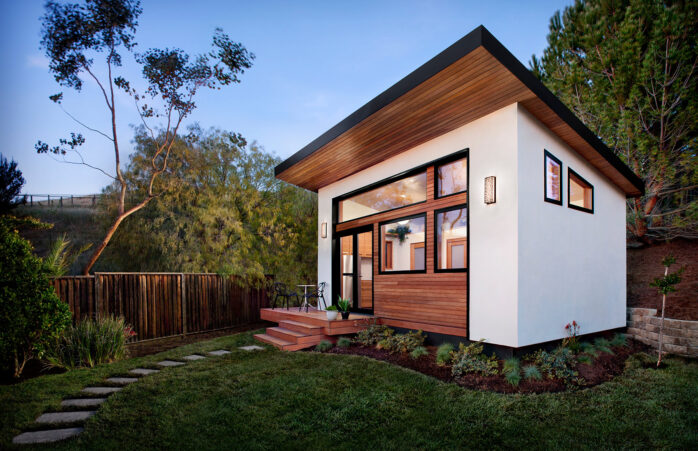
An ADU, or accessory dwelling unit, is a self-contained living space that is attached to or located on the same property as, a single-family home. ADUs can be used for a variety of purposes, including as a viable living space, home office, guest room, studio or something entirely different.
On top of that, ADUs can provide homeowners with a number of benefits, including:
- Added income – An ADU can be a great way to generate extra income by renting it out to tenants.
- Extra living space – An ADU can provide homeowners with much-needed extra living space.
- Flexibility in terms of who can live in the home – An ADU can be used to house family members, friends, or tenants.
Requirements For Building An ADU In California
Despite the many benefits that ADUs offer, there are also a number of legal requirements and restrictions for building one in California. These include:
- Zoning regulations
- Required permits and inspections from local authorities
- Restrictions on size, height, and positioning
- Interior layout restrictions
- Building material restrictions
While these requirements can seem difficult or frustrating to navigate at times, keep in mind that they exist to protect you, your family, and any tenants who might live in your ADU.
On that note, let’s take a closer look at all of these rules, regulations, and requirements.
The main requirements for building an ADU in California are as follows:
Zoning Regulations
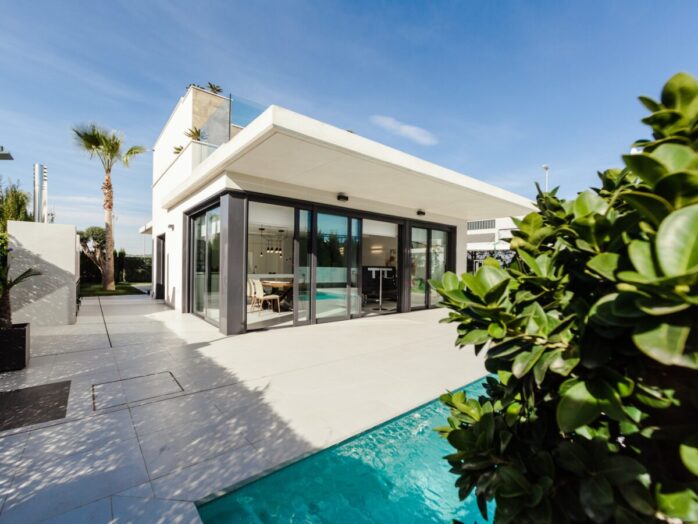
You may be limited in terms of where you can build an ADU on your property, depending on your location. For example, you are not allowed to build an ADU in a non-residential or mixed-use zone.
Permits & Inspections
You will need to obtain the appropriate permits and have your ADU inspected by local authorities in order to ensure that it meets all safety and building codes. Now, we could go on about this for a while, but you’re much better off going over to adulosangeles.com/ and having them worry about the permits for you.
Size & Positioning
Your ADU cannot exceed a certain amount of square footage and height.
To be precise, if you’re building a detached ADU, it can only be up to 1200 square feet, not higher than 16 ft, and it has to be at least four feet away from the side and the rear boundaries of the lot.
On the other hand, if you’re constructing an ADU that’s attached to an existing home, then you can build a unit that’s up to 50% of the square footage of the main unit. As for the height, in this case, or better yet in the case of building an ADU within a home, you can build it as tall as the main building.
Thankfully, there aren’t any lot size restrictions you need to adhere to. As long as the lot can accompany the new unit – you can build it.
Layout Restrictions
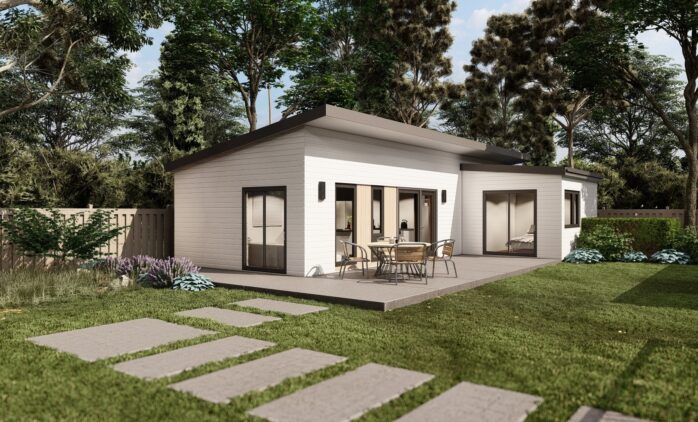
This is where it gets beyond annoying. There are several restrictions when it comes to interior layout and room sizing. We won’t get into it all, but here’s the gist of it. Sort of.
The living room and/or bedroom must have a minimum of 70 square feet. The kitchen (along with the hallways and closet) must have a total area of 50 square feet. A toilet, sink, and shower stall or tub are required in the bathroom which must measure at least 30 square feet.
Basically, you can forget about the open concept.
Building Materials
Just like with anything else, there are certain restrictions as to which materials you can use. For instance, you’re not allowed to use single-piece composite, laminates, or interlocked metal sheathing for the exterior cladding.
As for the roof, it has to be made of materials other than wooden shingles and the windows must also be double-pane glass and can’t come with exterior trim.
Common Problems With ADUs
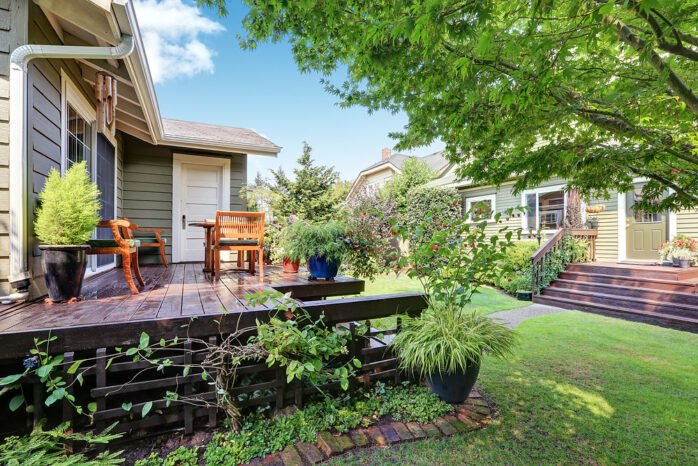
While there are certainly some hoops to jump through when it comes to building an ADU, for the most part, they are fairly manageable. However, there are a few common problems that people tend to run into.
First and foremost, be aware that adding an ADU can significantly increase your property taxes.
In addition, you will be responsible for any and all code violations that occur, so it’s important to make sure that your ADU is up to par.
Finally, keep in mind that if you’re renting out your ADU, you will be required to follow all laws and regulations regarding landlord-tenant rights. This includes things like providing a lease agreement, giving proper notice for any repairs or changes, and so on.
While these are certainly important things to keep in mind, they shouldn’t deter you from building an ADU. After all, the benefits far outweigh the drawbacks!
Cost Of Building An ADU In California
The cost of building an ADU in California ranges from $60,000 to upwards of $250,000, depending on the location, size and features of the unit.
However, only a small percentage of ADUs are actually cheaper than $100,000. On average, it will cost you about $150,000 to build a decent unit in your backyard.
However, this doesn’t hold true for the whole state of California. For instance, the San Francisco Bay Area is much more expensive than San Diego or Los Angeles County.
Who Can Live In An ADU?
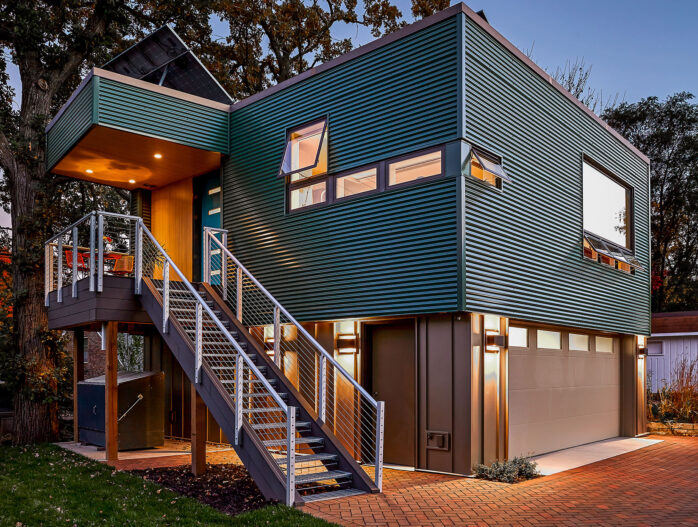
This is entirely up to you. You can live in it, rent it out, or sell it. You can even give it away as a gift.
Most commonly, you’ll have young people or senior citizens living in an ADU, but if you want to turn yours into an Airbnb – you might as well.
Conclusion
Building an ADU in California isn’t easy, but it’s definitely doable if you’re patient enough to jump through all the hoops. Just make sure that you’re familiar with all the requirements, rules, and regulations before you start construction.











